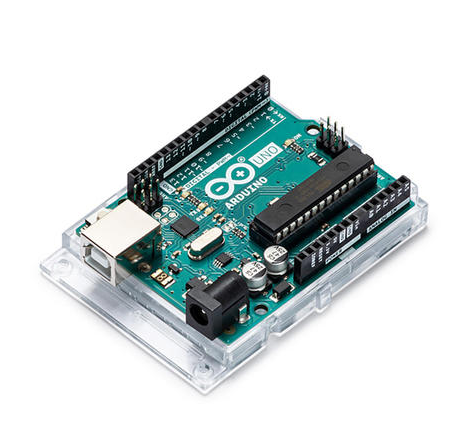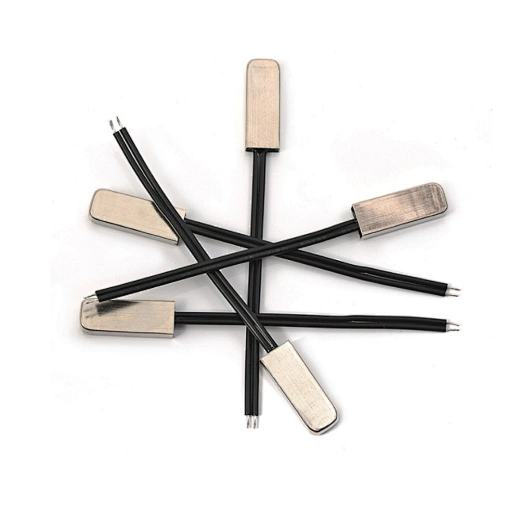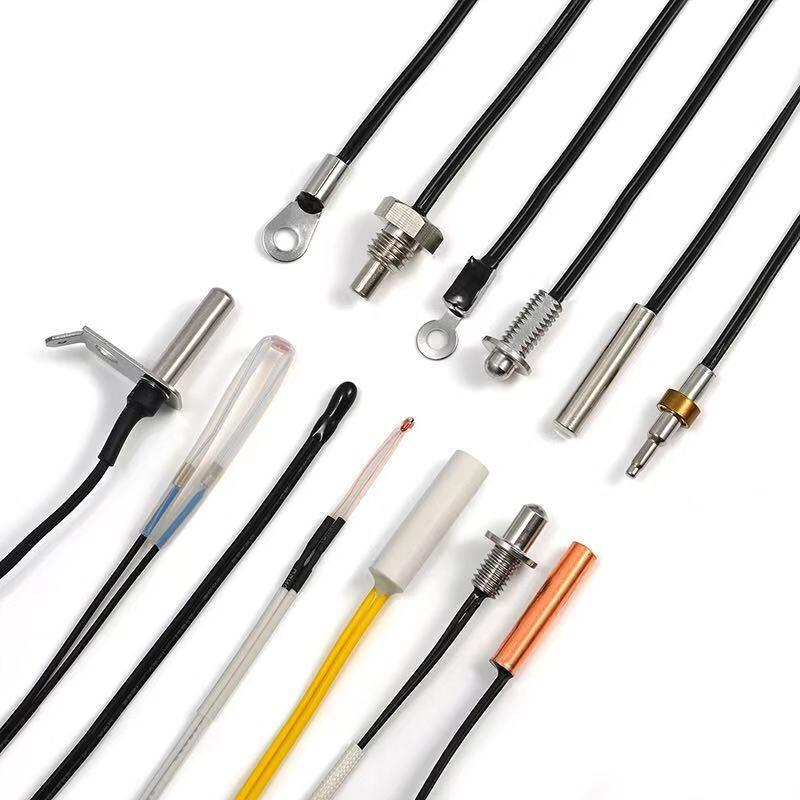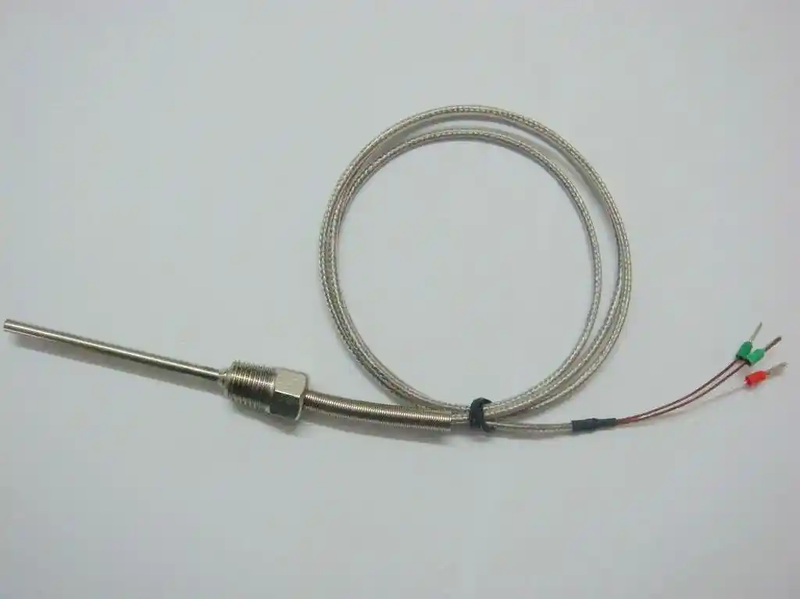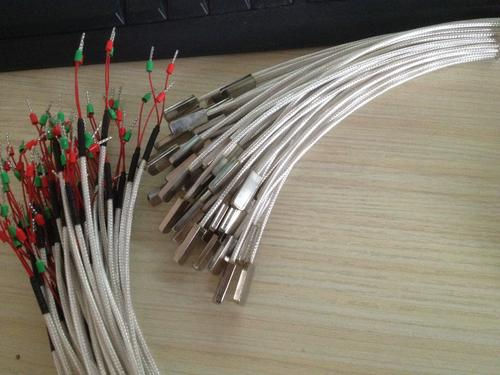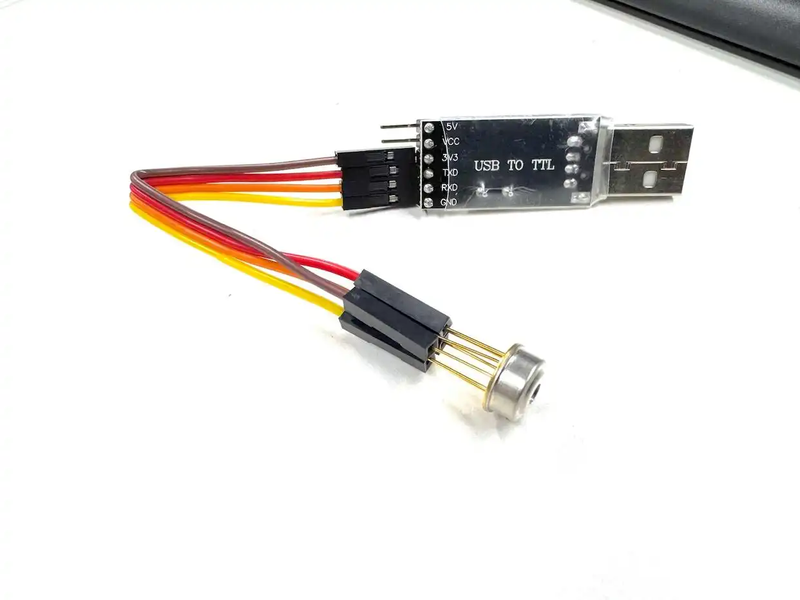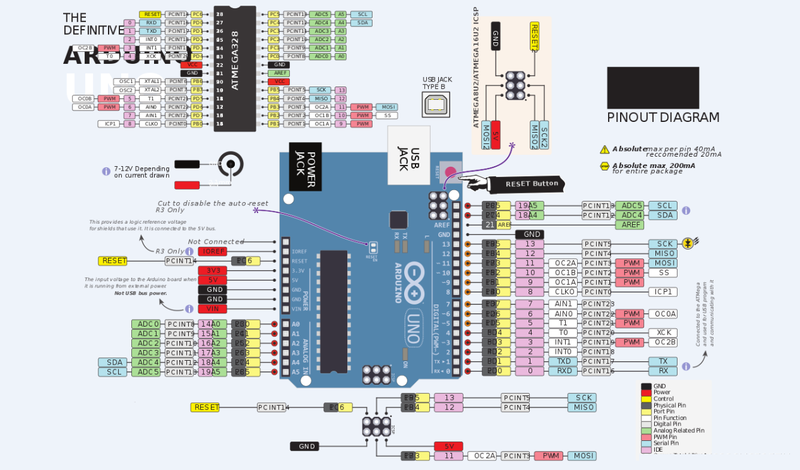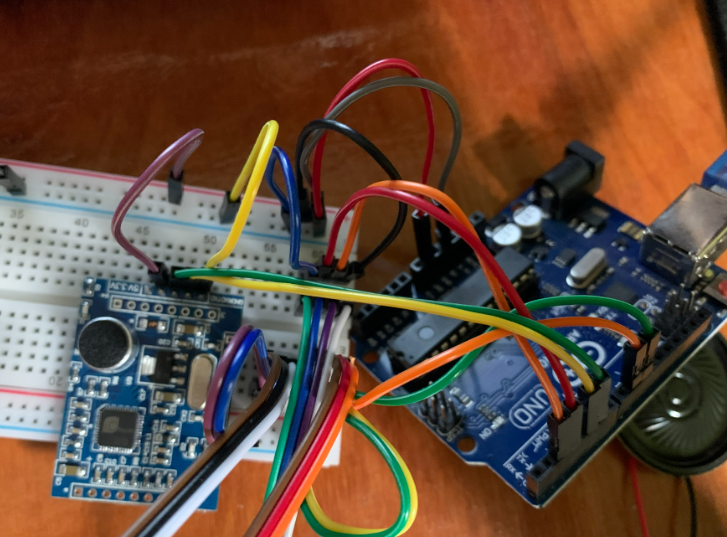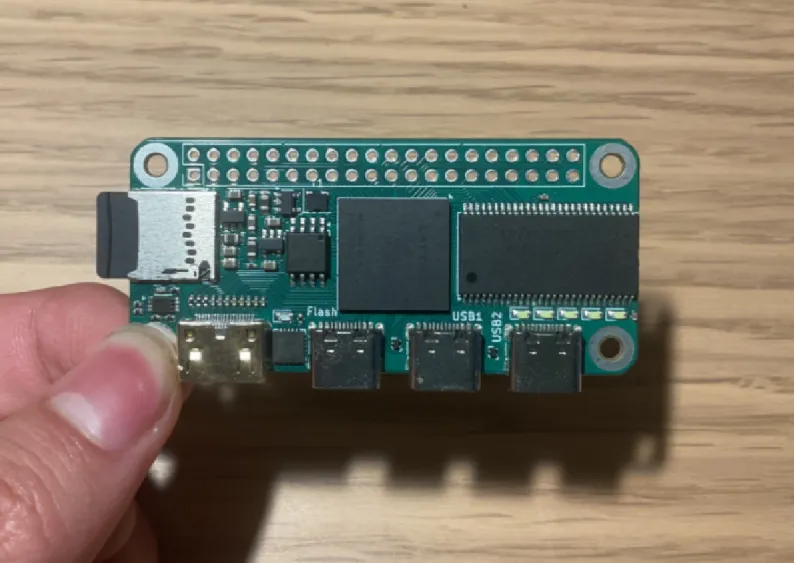Temperature Sensor
This guide offers a detailed overview of writing code for an Arduino Uno to work with a temperature sensor. It covers the basics, step - by - step code writing, code explanation, troubleshooting, and optimization, making it suitable for DIY electronics projects.
This article analyzes how the accuracy of PT100 and PT1000 resistance temperature detectors compares in low - temperature, medium - temperature, and high - temperature environments, considering basic principles, measurement circuits, and external factors.
Rectangular shell temperature sensorproduct information:Picture probe: stainless steel rectangular shell parallel parallel line 105 ° temperature measurement -20-105 °Product common resistance: 5K3470 10K3435 10K3950 100K3950Course size: 20x7x3.5 customizedCircuit length: length wire color can be selected, wire: PVC Iron FluorosaurModel Number:SL-NTC-WD-589Type:Temperature SensorPlace of Origin:Guangdong, ChinaBrand Name:GbeeleeUsage:temperature measuringDescription:Thermistor Temperature Sensorsensor type:Temperature measurementTemperature measurement:-20 ° -105 °Accuracy:± 1 %Output type:SimulationOperating temperature:100 (℃)Installation:TubeEncapsulation/shell:Square shell stainless steelMaterial:Epoxy resinTemperature sensor parameterNominal resistance valueB valuerated powerDispersion coefficientHot time constantOperating temperatureR25(Ω)25/50℃(mw)(mW℃)(S)(℃)5K34705K395010K343510K395015K395020K395050K3950100k3950[Other customable]5K10K15K20K30K50K100K200K[Other customable]343534
This article compares PT100 and PT1000 resistance temperature detectors in terms of resistance at 0°C, sensitivity, signal - to - noise ratio, cost, and application scenarios, helping users make informed choices.
This article provides a comprehensive guide on selecting the appropriate PT1000 for a specific application, considering factors such as temperature range, accuracy, environmental conditions, response time, and electrical connection.
This article explores whether PT1000 temperature sensors can be used in harsh environments, including extreme temperatures, high humidity, corrosion, vibration, and electromagnetic interference, and analyzes their performance in these conditions.
This article details the typical applications of PT1000 temperature sensors in industries such as industrial manufacturing, food and beverage, medical and pharmaceutical, and HVAC systems, highlighting their importance in ensuring accurate temperature control.
This article explores the advantages and disadvantages of the PT1000 temperature sensor when compared to other types of temperature sensors such as thermocouples, thermistors, and semiconductor - based sensors, helping users make informed sensor selection decisions.
This article provides a comprehensive introduction to the temperature sensor PT1000, including its working principle, advantages, applications, and installation and maintenance methods.
Learn how to build a temperature measuring device with GD60914U in a short time. Discover its excellent performance in scenario - based tests and understand why UART interface is the future of smart hardware.
